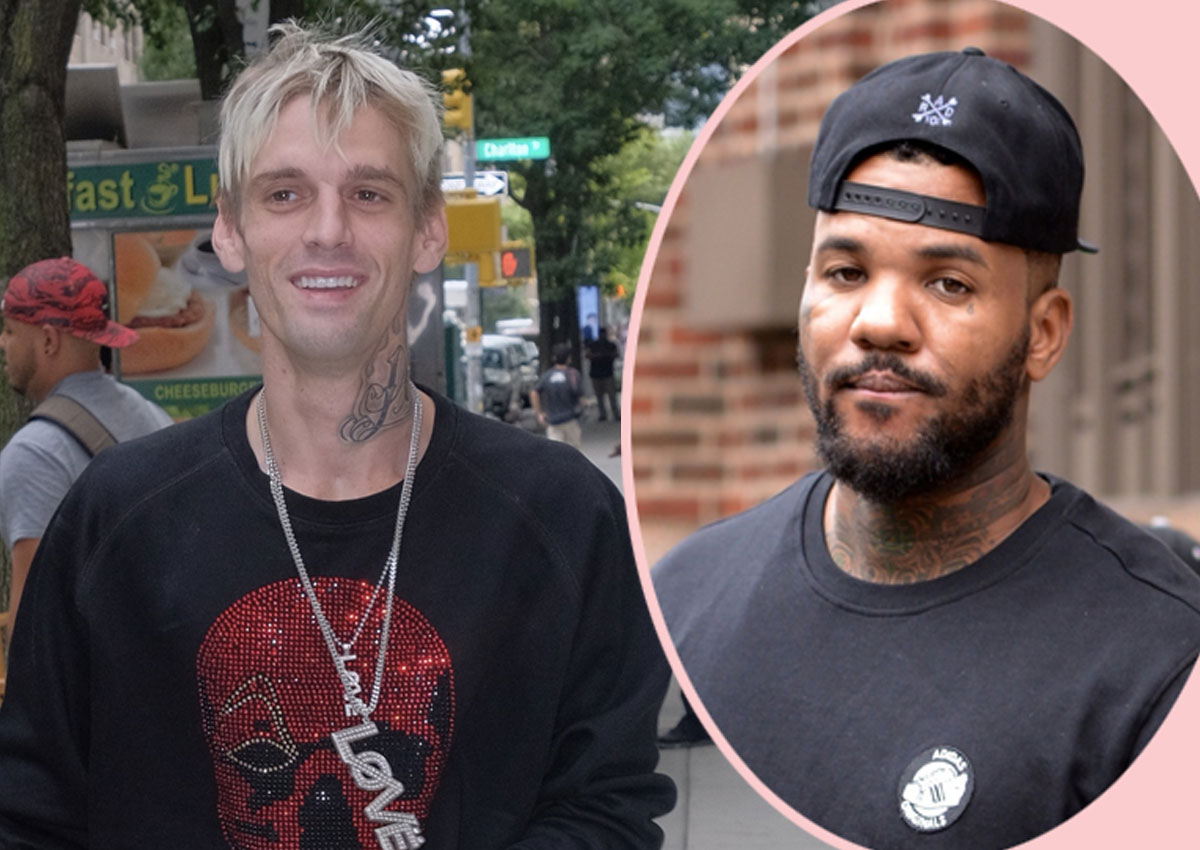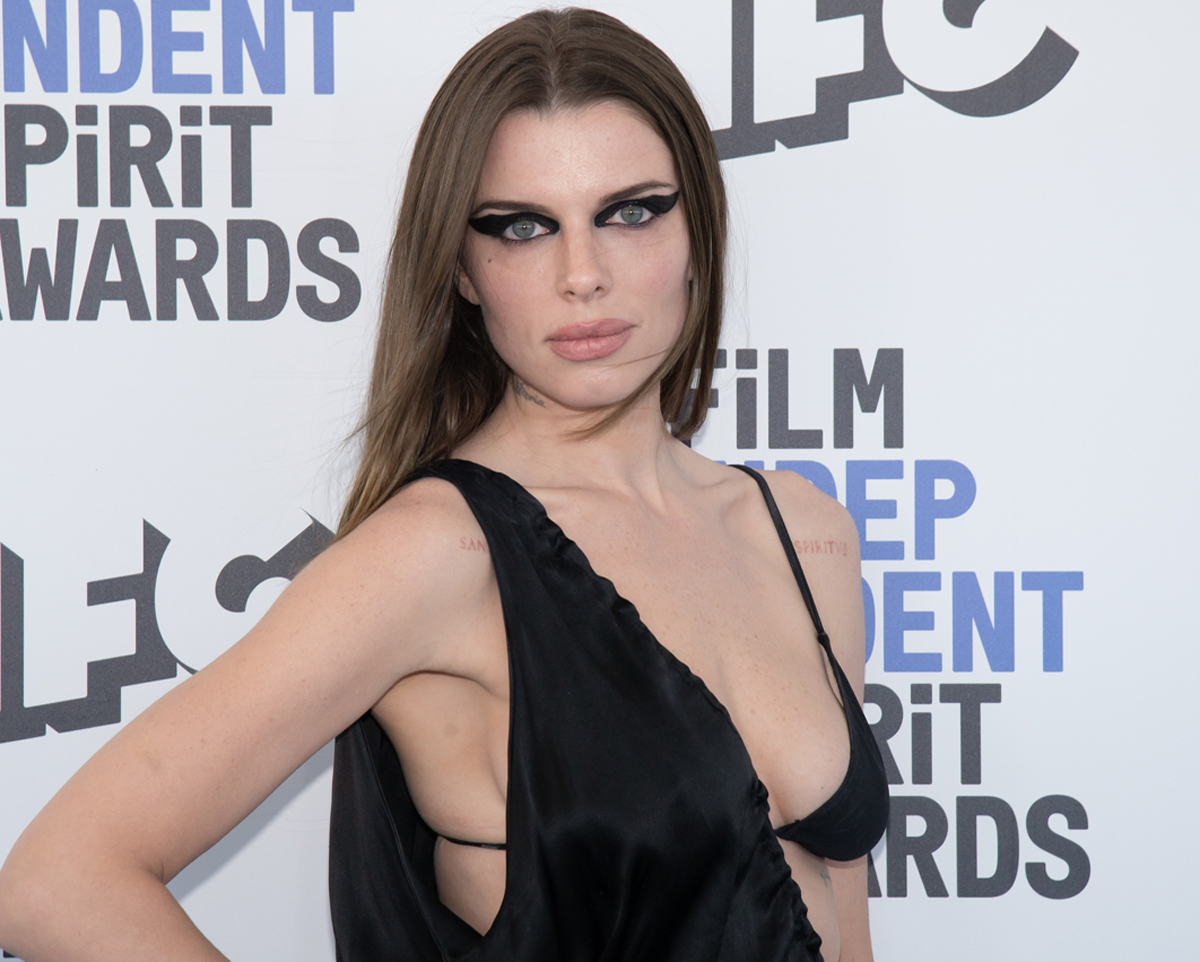#‘Milisuthando’ Review: Poetic Meditations on a Complicated South African History

Table of Contents
‘Milisuthando’ Review: Poetic Meditations on a Complicated South African History
“I have to be careful about how I remember my memories.”
The director Milisuthando Bongela opens her discerning documentary Milisuthando with this shrewd declaration. It is an invitation, a notice and a guiding principle for her poetic meditation on a childhood affected by the violence of apartheid South Africa. Under Bongela’s direction, memories are pliant forces. They stretch into the past, haunt the present and creep into the future.
Milisuthando
The Bottom Line
Models how to confront history and complicated legacies.
Bongela sifts through her memories and collects them along with those of her ancestors and other members of the Model C generation (a term used to describe the cohort of kids who integrated formerly whites-only schools in South Africa). She observes them with a keen sense of responsibility, interrogates them tenderly and then shapes them into a gentle and intimate narrative. Milisuthando is a longform journey that begins and ends in Transkei, a project of apartheid created to accommodate the Xhosa-speaking Black people stripped of South African citizenship.
In exceptional fashion, Bongela and DP and editor Hankyeol Lee stitch together and enhance archival footage to map this history. Throughout the film, they chronicle how the apartheid representatives tried to market to the world the formation of Transkei and other “homelands” (as they called them) for Black people, how the government shuttled the Xhosa people into these spaces in the early ’70s and how the residents, in turn, created their own communities. These montages — gritty, revealing and sometimes perturbing — envelop the screen or are framed in whimsical backgrounds (resembling the pages of a scrapbook). Occasionally, they are backed by soaring orchestral scores or a chorus of haunting syncopated breaths.
The documentary begins with Bongela’s childhood in Transkei. Through voiceover, the director recounts how, as a kid, she was fed a “diet of suggestions” and stories that made it seem as though she did not experience apartheid. She grew up in an all-Black neighborhood, after all, and she never experienced segregated facilities or police attack dogs let loose on her. But the older she got, the more she realized that her distance from the most explicit violence did not mean she wasn’t still “inside a sordid experiment.”
Bongela’s language privileges melody and potent imagery, turning a standard exposition into a literary experience. The first of the five sections in Milisuthando includes recent footage of Bongela’s grandmother milling about her home in what was formerly Transkei and photos of the documentarian as a child. Conversations with her elder offer a direct confrontation with a more complicated nostalgia, as her grandmother blames Nelson Mandela for ruining Transkei. (The nominally independent nation was dissolved in 1994 at the formal end of apartheid.) Through these moments, Bongela efficiently establishes one of Milisuthando’s central tensions: How do you contend with the brutal historical undercurrents of the place you call home?
That question — perennial in a world organized around capitalism — guides us into the subsequent sections, chapters that contend with the formation of Transkei and the propaganda that flourished in Bongela’s youth. Here, the director flexes a refreshing comfort with experimentation. Among the documentaries at Sundance this year, where Bongela’s film premiered in the World Cinema Documentary Competition section, Milisuthando reflects the best of the form, harnessing its freedom and potential.
Rapid shifts between the past and present constitute the second half of Milisuthando, which is concerned with encounters between the two time frames, and between the self and history. Bongela interviews students of the Model C generation and juxtaposes their reserved responses as adults with the jubilation of the post-apartheid years. Video of news interviews with Black school children and parents reveals the layers of racism aimed at them by white broadcasters. Memories of Mandela are rigorously observed, interrogating the blanket reverence he received at the height of his popularity among Black and white South Africans. Bongela also interviews her white South African friends about the role that race and the legacy of apartheid plays in their self-understanding. Again, Lee and Bongela’s editorial choices — overlaying the audio recordings onto a black screen — subtly amplify the friction of these confrontations with history. Bongela makes brief onscreen appearances, and in one reads a text about the early days of school integration that teases out the violent undercurrents of Black kids entering these formerly all-white spaces.
Milisuthando is an ambitious project that forthrightly navigates the tangled mess we call identities, trying to honor their multiplicity without succumbing to pretension. It can be dense and overwhelming at times, as the film, running more than two hours long, swirls around histories, painful truths, impressive revelations and Bongela’s poetic meditations. The last act of the film — which chronicles a broader South African history and attends to the rituals and cultural legacy of the Xhosa people — brings us back to the present-day region that was formerly Transkei. Armed with the knowledge generously provided to us by Bongela, the landscape adopts a different meaning, exudes a more intricate energy. We are left with complicated feelings, yes, but also with a gift, a model of how to thread ourselves between the past, present and future.
If you liked the article, do not forget to share it with your friends. Follow us on Google News too, click on the star and choose us from your favorites.
For forums sites go to Forum.BuradaBiliyorum.Com
If you want to read more Like this articles, you can visit our Social Media category.




